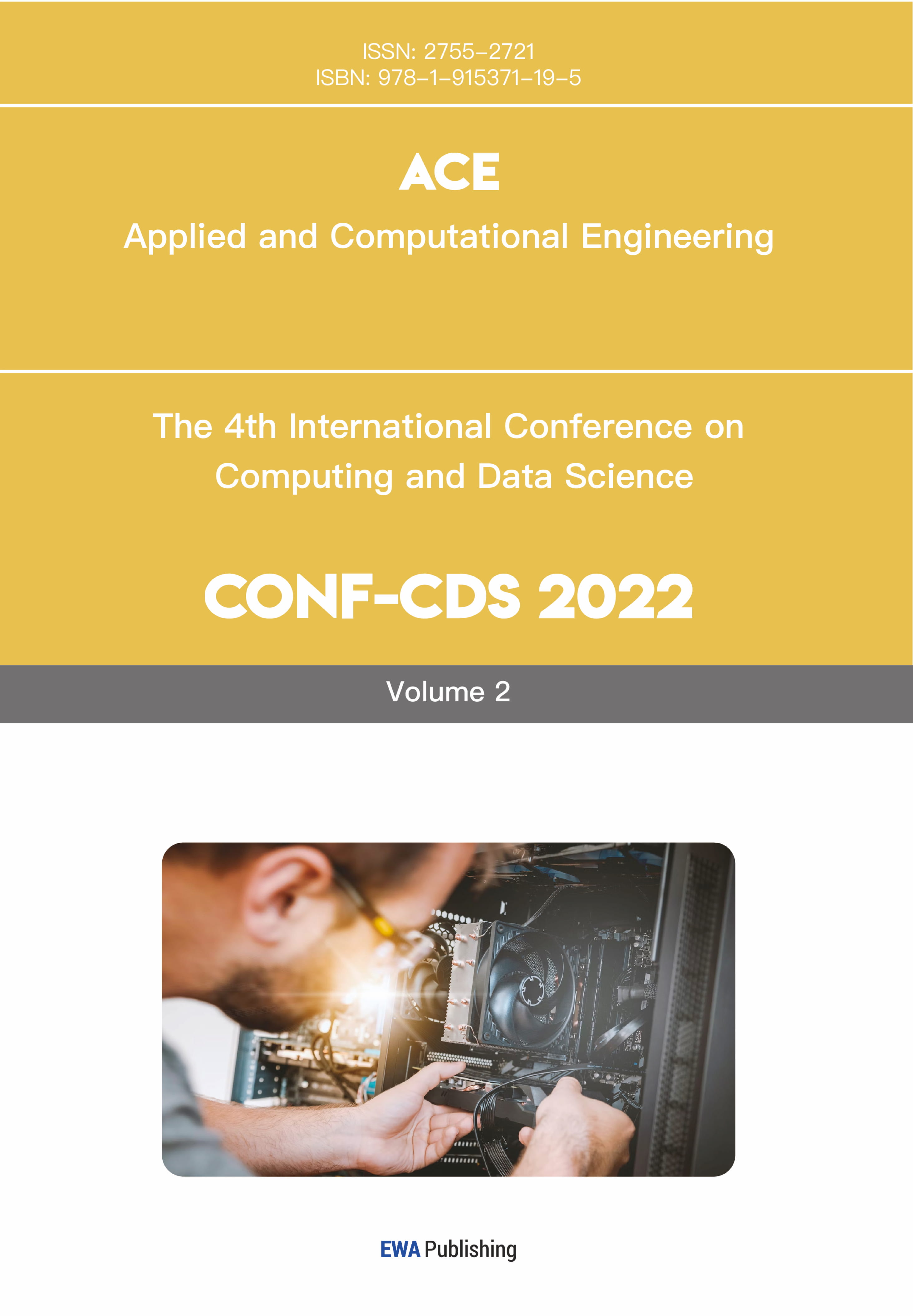References
[1]. Liu, Y. (2025, March 27). Policy, technology, and market demand triple drivers: Future development trends of the smart transportation industry in 2025. China Industry Research Network. Retrieved July 19, 2025, from https: //www.chinairn.com/hyzx/20250327/16413023.shtml.
[2]. Tan, R., & Yu, L. (2025, July 9). From "technical verification" to "scenario implementation": Trillion-level market for autonomous driving opens. Securities Times. Retrieved July 19, 2025, from https: //www.stcn.com/article/detail/2473853.html
[3]. Liu, S. W., Cai, T. B., Tang, X. F., Zhang, Y. Y., & Wang, C. G. (2022).Visual Recognition of Traffic Signs in Natural Scenes Based on Improved RetinaNet.Entropy, 24(1), 112-112. doi: 10.3390/E24010112.
[4]. Wang, C., & Fu, Z. A. (2018).Traffic sign detection based on YOLO v2 model. Journal of Computer Applications(S2), 276-278. doi: CNKI: SUN: JSJY.0.2018-S2-059.
[5]. Huang, Z. Y., Fang, Q., & Guo, X. H. (2025).YOLOv8-TS traffic sign detection network integrating attention mechanism. Modern Electronics Technique(01), 179-186. doi: 10.16652/j.issn.1004-373x.2025.01.030.
[6]. Ma, G., Li, H. W., Yan, Z. W., Liu, Z. J., & Zhao, Z. J. (2024).Improved small target detection algorithm based on multiattention and YOLOv5s for traffic sign recognition. Chinese Journal of Engineering(9), 1647-1658. doi: CNKI: SUN: BJKD.0.2024-09-014.
[7]. Min, W., Liu, R., He, D., Han, Q., Wei, Q., & Wang, Q. (2022). Traffic sign recognition based on semantic scene understanding and structural traffic sign location. IEEE Transactions on Intelligent Transportation Systems, 23(9), 15794–15807. doi: 10.1109/TITS.2022.3145467.
[8]. Zhang, J. M., Xie, Z. P., Sun, J., Zou, X., & Wang, J. (2020).A Cascaded R-CNN With Multiscale Attention and Imbalanced Samples for Traffic Sign Detection. IEEE Access. doi: 10.1109/access.2020.2972338.
[9]. Yan, H., Virupakshappa, K., Pinto, E. V. S., & Oruklu, E. (2015).Hardware/Software Co-Design of a Traffic Sign Recognition System Using Zynq FPGAs. Electronics(4). doi: 10.3390/electronics4041062.
[10]. Gent, E. (2021, July 16). *Tesla places big bet on vision-only self-driving: Full Self-Driving beta software v9.0 shows many improvements, but the road to full autonomy still looks rocky*. IEEE Spectrum. Retrieved July 19, 2025, from https: //spectrum.ieee.org/tesla-places-big-bet-vision-only-self-driving
[11]. Blizzardxx. (2022, March 24). *Multimodal fusion 2022 | TransFusion: Robust LiDAR-Camera fusion for 3D object detection with transformers*. CSDN Blog. Retrieved July 19, 2025, from https: //blog.csdn.net/rolandxxx/article/details/123689094
[12]. Xie, B. Q., & Weng, X. X. (2019).Real-Time Embedded Traffic Sign Recognition Using Efficient Convolutional Neural Network.. IEEE Access.
[13]. Muhe DING. (2024, November 18). Accuracy, precision, recall, F-measure, mAP. CSDN Blog. Retrieved July 19, 2025, from https: //blog.csdn.net/ding_programmer/article/details/89740668
[14]. Qingqian. (2025, January 5). Explanation of evaluation metrics for machine learning effectiveness. Zhihu. Retrieved July 19, 2025, from https: //zhuanlan.zhihu.com/p/16545421926
[15]. Fan, B. B., & Yang, H. (2021).Multi-scale traffic sign detection model with attention. Proceedings of the Institution of Mechanical Engineers(2-3). doi: 10.1177/0954407020950054.
[16]. Zeng, H. F. (2024).Research on Traffic Sign Detection and Recognition Algorithm Based on Improved YOLOv8. Computer Knowledge and Technology(30), 13-16. doi: 10.14004/j.cnki.ckt.2024.1589.
[17]. Wei, T. C., Chen, X. F., & Yin, Y. L. (2021).Research on traffic sign recognition method based on multi-scale convolution neural network. Journal of Northwestern Polytechnical University.(4), 891-900. doi: CNKI: SUN: XBGD.0.2021-04-024.
[18]. Xu, H., & Srivastava, G. (2020).Automatic recognition algorithm of traffic signs based on convolution neural network. Multimedia Tools and Applications(prepublish). doi: 10.1007/s11042-019-08239-z.
[19]. Zhou, X. M., Hu, Y. G., Liu, W. J., & Sun, R. J. (2021).Research on Urban Function Recognition Based on Multi-modal and Multi-level Data Fusion Method. Computer Science(9), 50-58. doi: CNKI: SUN: JSJA.0.2021-09-008.
[20]. Shao, Y. X., Meng, W., Kong, D. Z., Han, L. X., & Liu, Y. (2020).Cross-modal Retrieval Method for Special Vehicles Based on Deep Learning. Computer Science(12), 205-209.



